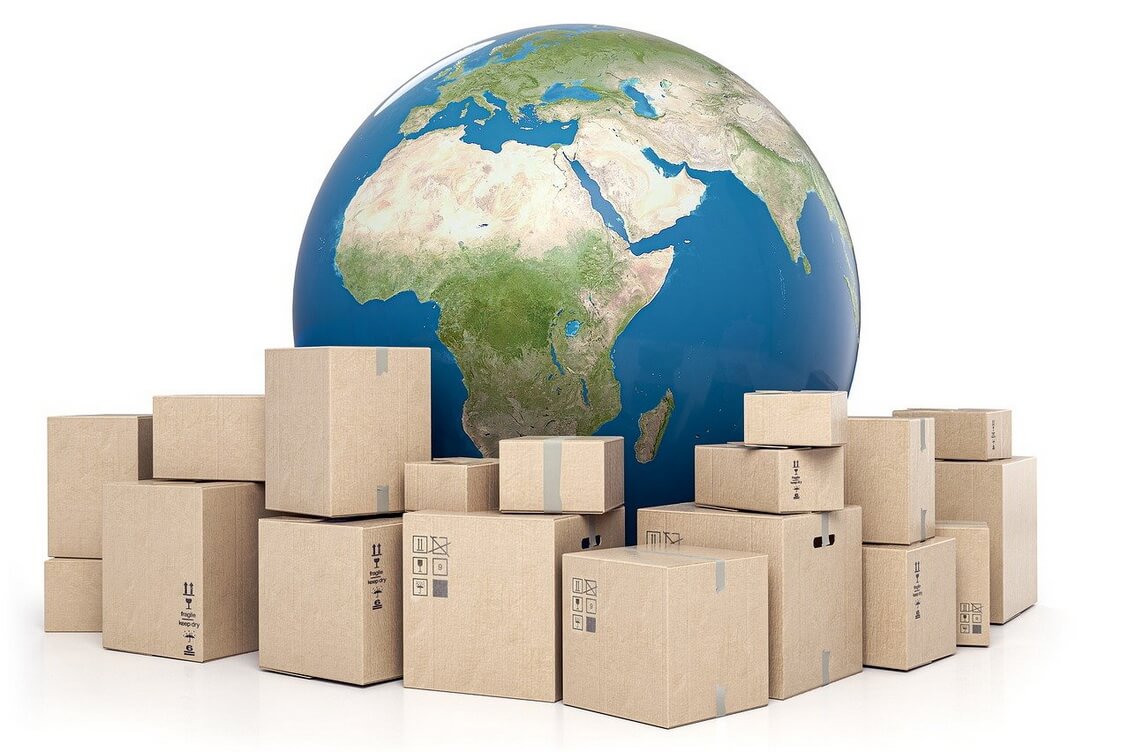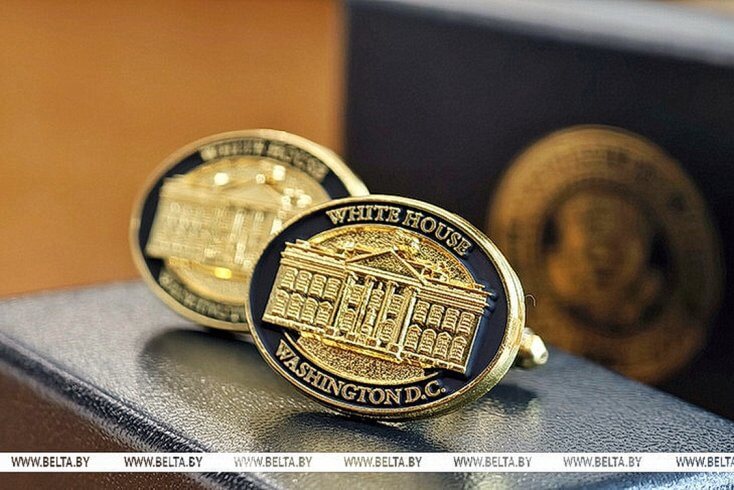By Aleś Hudzija
International sanctions, imposed on Belarus over allegations of human rights abuses and complicity in Russia’s invasion of Ukraine, have forced Minsk not only to redirect exports eastward but also to buy more goods from the European Union to help Russia bypass sanctions.

Diversification plans fail
Belarus has always benefited from access to Russia’s national resources, especially cheap energy, which until late 2000s allowed Minsk to ignore the need for diversifying markets.
However, in the 2010s Moscow demanded that Belarus pay market prices for oil, forcing Minsk to consider other markets.
In 2016, the Belarusian government came up with a plan to distribute exports evenly among the Eurasian Economic Union (EAEU), the European Union and other countries.
Share of CIS countries in Belarus’ foreign trade in goods
Source: Biełstat
Eight years later, however, these ambitious goals have been dropped. Exports to the EAEU, especially to Russia, have expanded, while exports to Europe have plunged because of the sanctions.
Other markets have proved much more difficult to access, despite officials’ upbeat statements.
Trade rises, surplus shrinks
Belarus’ foreign trade increased by 6.8 percent in 2023 to $95.3 billion. The trade surplus fell to $480.7 million in 2023 from $4.6 billion in 2022, said the National Statistics Committee (Biełstat).
The overall trade increase is attributable to Belarus role in helping Russia to circumvent international sanctions. Belarus is a hub, from which sanctioned goods are supplied to Russia.
Belarusian exports of goods to Russia rose by 9.1 percent to $25 billion in 2023, exceeding the government’s expectation of 6.5-percent growth.
Imports have been rising at a higher rate than exports, which have been held back by a decline in sales of IT and transportation services.
Last year, the total exports of goods and services were up 2.1 percent, while imports climbed 12.1 percent.
More vehicles imported from EU
Despite the sanctions, Belarus imported more goods from the West. However, it has become more difficult for many Belarusian goods and services to enter Western markets.
In 2023, imports from Lithuania to Belarus rose by 17.3 percent and from Poland, by 50 percent. Exports to Lithuania plunged by 64 percent and to Poland, by 56 percent.
Belarus’ trade in goods with the EU
Austria, Belgium, Bulgaria, Cyprus, Czechia, Germany, Denmark, Estonia, Spain, EU, Finland, France, Greece, Croatia, Hungary, Ireland, Italy, Lithuania, Luxembourg, Latvia, Malta, the Netherlands, Poland, Portugal, Romania, Sweden, Slovenia, Slovakia
Source: Eurostat
The restrictions on sale of military or dual-use goods apply to both Russia and Belarus and are more difficult to circumvent.
A sharp increase has been reported in deliveries of equipment and consumer goods from the EU to Belarus after sanctions hit Russian consumers.
Car imports from the EU to Belarus rose fivefold from the 2021 level to €2.5 billion in 2023.
It is not that Belarusians became richer overnight. Belarus clearly re-exports European goods to Russia in large volumes.
Such schemes cannot benefit the Belarusian economy in the long term, but certain industries and businesses profit from it in the short term.



